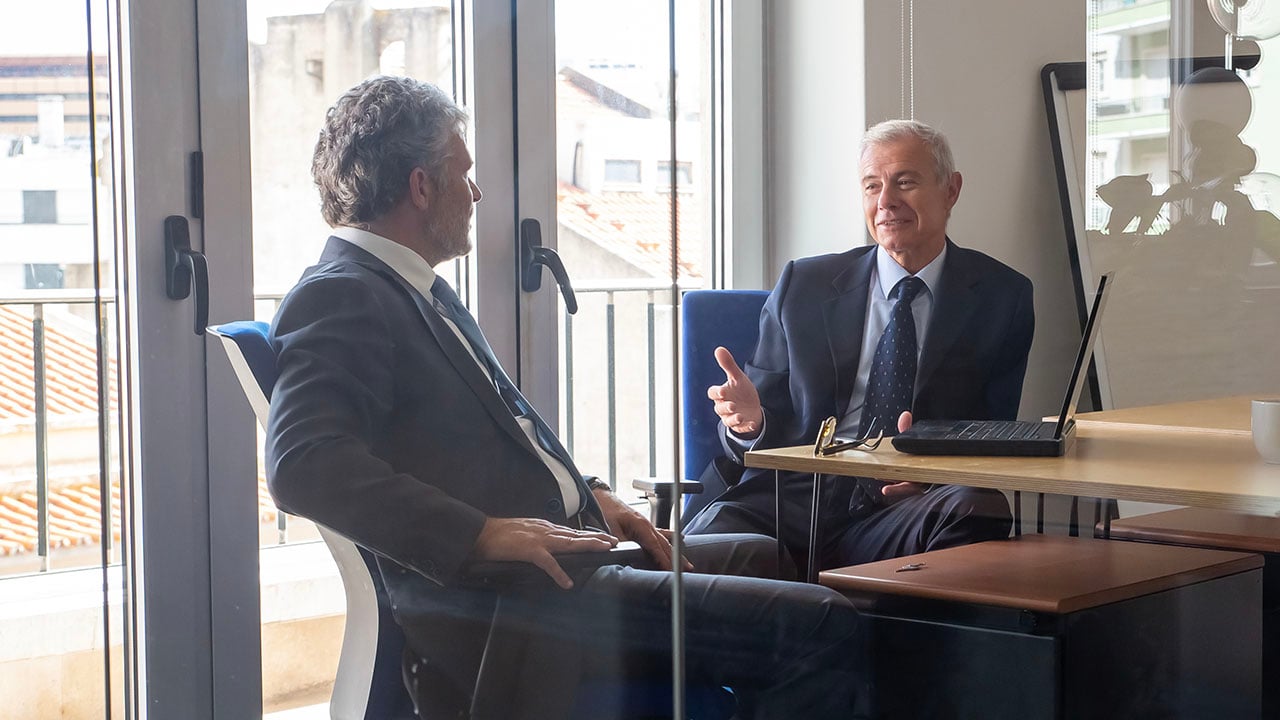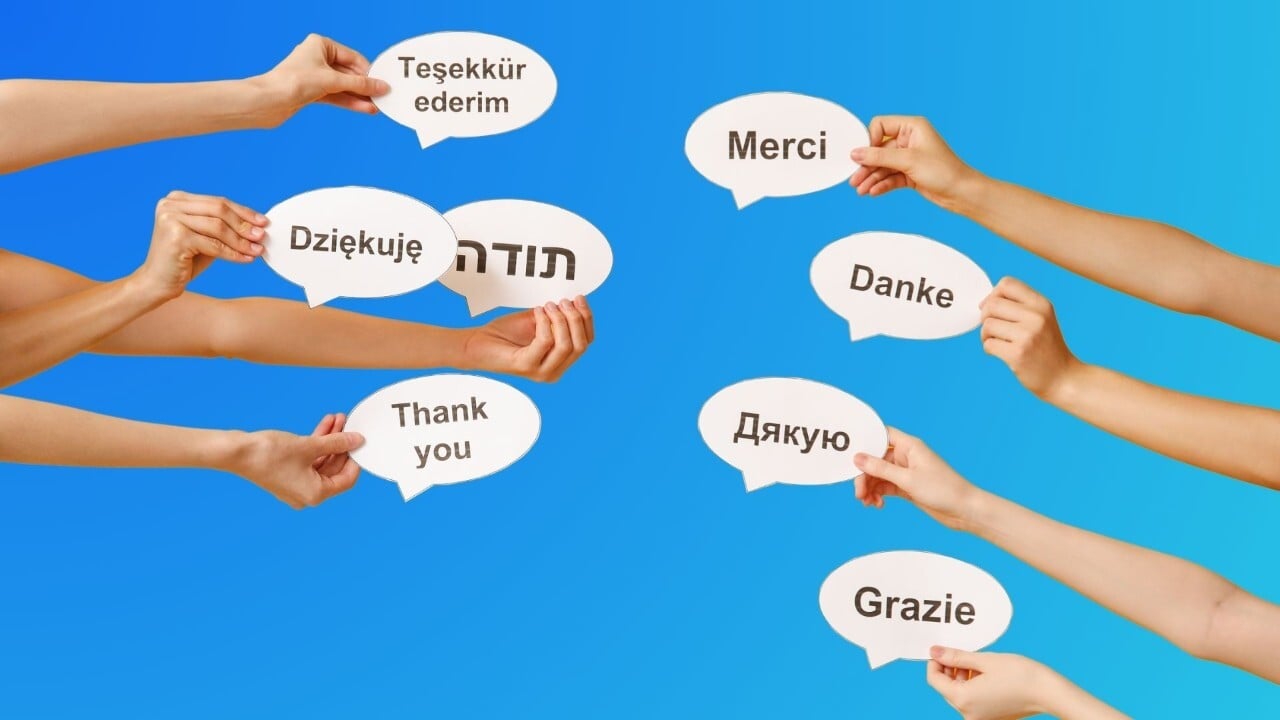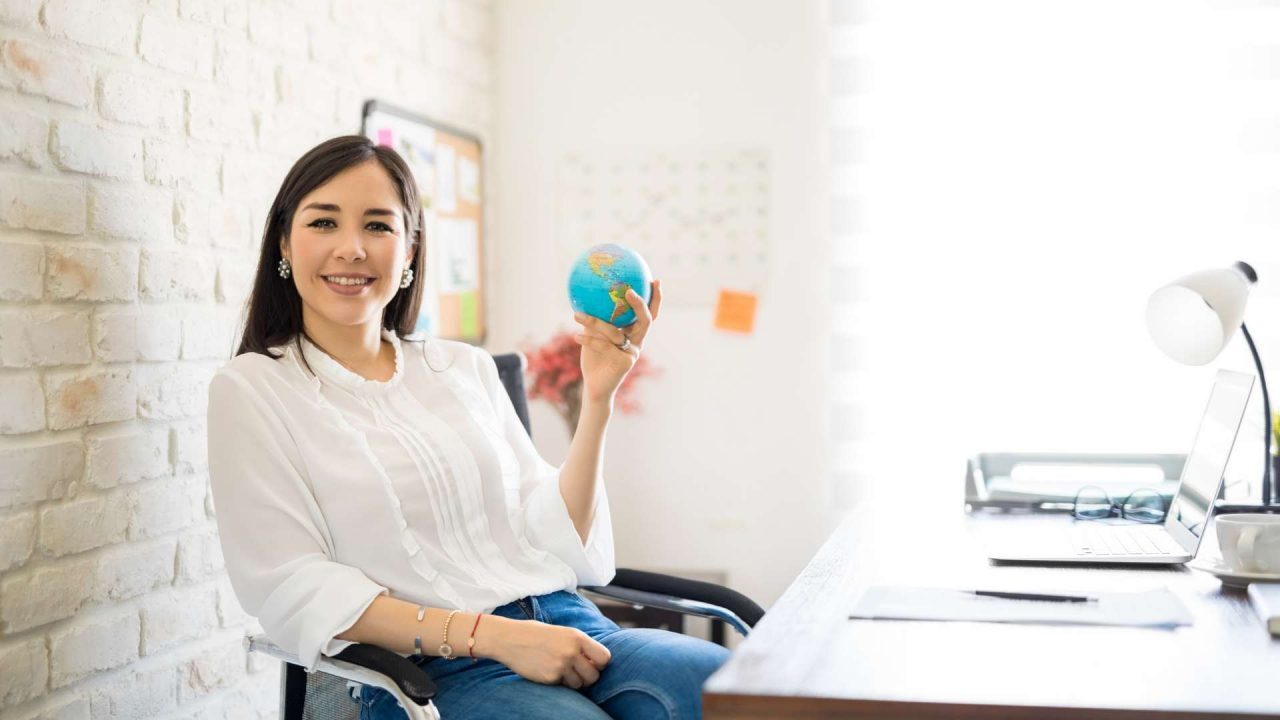Getting the meaning right—and delivering it fast, at scale and in any language—demands a smart blend of timeless translation techniques and AI‑powered innovation.
- Eight core techniques—literal, transposition, modulation, equivalence, etc.—remain essential for high-quality translation.
- AI and neural machine translation now handle up to 80 % of repetitive content, freeing linguists for nuance and creativity.
- A hybrid model—AI + human expertise—cuts turnaround times while boosting consistency and cost-efficiency.
- Selecting the right technique (and partner) depends on content type, regulation and audience expectations.
Why Translation Techniques Matter
When your brand voice must cross borders overnight, technique is everything. Whether launching a medical device IFU, a fashion look‑book or a global ad campaign, the correct approach ensures:
-
Clarity & compliance – precise terminology avoids regulatory risks
-
Time to market – tech‑enabled workflows accelerate releases
-
Customer trust – local nuance builds authenticity and engagement
When you're trying to ensure your message can resonate across linguistic divides, it can be interesting to know about the various translation techniques translators can rely on. The choice of technique depends on factors like the content's nature and purpose. Skilled translators employ these techniques to ensure a faithful rendition of the author's message.
While traditional techniques remain important, the translation landscape is evolving rapidly with the introduction of artificial intelligence. Tools like neural machine translation and AI Large Language Models (LLMs) are reshaping how translation is carried out, delivering enhanced efficiency and accuracy.
Many language and content services providers can help organizations find the perfect techniques to fit your content, simplifying the complex world of creating and sharing content globally.
While traditional techniques are still important for translation in many areas, AI-powered translation tools are helping to deliver ever greater efficiency. Combined with human expertise and oversight, it's proving a powerful technique when deployed for the right tasks.
Let's take a look at the most important traditional techniques, before we explore how AI is revolutionizing translation.
While traditional techniques are still important for translation in many areas, AI-powered translation tools are helping to deliver ever greater efficiency. Combined with human expertise and oversight, it's proving a powerful technique when deployed for the right tasks.
Let's take a look at the most important traditional technqiues, before we explore how AI is revolutionizing translation.
What Are the Core Translation Techniques?
Below are the eight techniques every localisation professional should master, with everyday examples.
Literal (word-for-word) translation
Definition: Used when two languages share strong formal and semantic similarities, assuming each word in the source has an exact equivalent in the target.
Why it’s rarely chosen in practice:
-
-
Very few words map one-to-one across languages.
-
Most effective only for:
-
Concrete objects: “cat” → “chat”, “window” → “fenêtre” (English ↔ French)
-
Universal concepts or feelings: “amour” → “love”, “mort” → “death”
-
-
Because of these limitations, professional translators typically rely on more flexible techniques except in highly straightforward cases.
Semantic loan
Definition: Incorporates a word or phrase from the source language directly into the target text, usually italicized, to preserve the original expression.
Why use it:
-
-
Maintains terms deeply rooted in the source culture that have no true equivalent.
-
Adds authentic local nuance to the translation.
-
Typical examples: tacos, fashion week, and other national or cultural concepts.
Expert guidance:
-
-
Scholars such as García Yebra recommend keeping its use minimal.
-
When the reader might not grasp the borrowed term, provide a brief clarification.
-
The Calque Technique (Loan Translation)
Definition: A literal translation of every component in a phrase or syntagm, preserving the source structure to avoid xenisms (foreignisms) or semantic borrowings.
How it works: Retains the syntax of the original while translating each element.
Classic example: “skyscraper” → “gratte-ciel” in French.
Levels of adaptation illustrated by “rosbif”
-
Pure xenism: roast beef (keeps the original English form).
-
Borrowing / adapted xenism: roasbif (slightly adapted spelling).
-
Full calque (tracing): boeuf rôti (literal French rendering).
Why choose this technique?
Provides a nuanced spectrum of options—from untouched loanwords to fully translated terms—so translators can match the adaptation level to the context and target audience.
Transposition
Definition: Changes the grammatical category of part of a sentence while keeping the original meaning intact—essentially re-structuring the sentence.
How it works:
-
-
Example in English → French:
-
Source: “Two hundred years ago.” (adverbial phrase)
-
Target: “Il y a deux cents ans.” (verb + noun phrase)
-
-
Here the shift is from an adverb (“ago”) to a verb construction (“il y a”), illustrating transposition in action.
-
Modulation
Definition: Adjusts the conceptual viewpoint of a term while keeping the meaning unchanged.
Key idea: Works at a higher, more abstract level by adopting a different metaphor or starting point.
Illustrative example:
-
-
English: “Health insurance”
-
French: “assurance maladie” (literally “sickness insurance”)
-
The focus shifts from health (positive) to illness (negative), yet both phrases denote the same coverage.
-
Equivalence
Definition: Conveys the same meaning or situation as the source text while using completely different stylistic and formal elements.
Typical use case: Ideal for idioms, sayings and proverbs that are deeply tied to a specific culture.
Example:
-
-
British English: “It’s raining cats and dogs.”
-
French equivalent: “Il pleut des cordes.”
-
Different wording, identical impact—the reader still understands “it’s raining heavily.”
-
Adaptation (cultural substitution / cultural equivalence)
Definition: Replaces a cultural element in the source language with one that is more familiar or meaningful to the target audience.
Why it matters: Ensures the translation feels natural and relatable, rather than foreign or confusing.
Illustrative examples:
-
-
“Stay for tea” (UK English) → “Stay for coffee” (French context), aligning with local customs.
-
“Tailgate party” (US sports culture) → “Pre-game picnic” / “pre-match gathering” in regions where parking-lot parties are uncommon.
-
By swapping culturally specific references for local equivalents, the translator maintains the intent and social resonance of the original message.
Compensation
Definition: A translator selects a term in the target language that is not an exact match but conceptually closest to the source word, preserving as much meaning as possible.
Key point:
-
-
Bilingual dictionaries may offer “synonyms” that aren’t interchangeable in every context—compensation bridges that gap.
Illustrative example:
-
English idiom: “costs an arm and a leg” (very expensive)
-
French equivalent: “coûte les yeux de la tête” (literally “costs the eyes from the head”)
-
Different body parts, same idea of extreme cost—showing how compensation conveys the idiom’s essence in the target language.
-
-
Learn More About Technical Translation Solutions
The Impact of AI on Translation Techniques
Advancements in Translation Tools
The rise of artificial intelligence has significantly transformed the field of translation. AI-powered translation tools, and neural machine translation (NMT) systems, have dramatically improved the speed and accuracy of translations for a wide range of languages and content types.
These tools analyze vast datasets to understand linguistic patterns and context, allowing them to provide translations that are more fluent and contextually appropriate than earlier systems. Platforms like Google Translate and DeepL are examples of AI-driven tools that have become integral to both casual and professional translation practices.
Human-AI Collaboration
AI is also changing how translators work. Rather than replacing human translators, AI can effectively be used alongside human language experts, such as for human in the loop translation processes. This collaborative model helps improve efficiency while still ensuring high-quality results. Many language and content service providers provide AI partners designed to streamline the adoption of AI into content and language workflows, such as Acolad's Lia.
New Capabilities and Innovations
Moreover, AI has introduced new techniques such as real-time speech translation and adaptive learning systems that tailor translations based on user preferences or domain-specific language. While these innovations offer powerful new capabilities, they also raise ethical and practical concerns, such as data privacy, over-reliance on technology, and the potential loss of cultural nuance.
Evolving Role of Translators
As the technology evolves, the role of human translators is also shifting, sometimes from direct translation to tasks like post-editing, quality assurance, and managing AI workflows. Understanding both traditional and AI-driven techniques is becoming essential for modern translation professionals.
From creation to translation and optimization, Lia blends advanced AI with human expertise to deliver fast, high-quality, brand-safe content—at scale, in any language.
Is a Translation Method the Same Thing as a Translation Technique?
No, in the field of translation, a method and a technique are distinct concepts. A translation method applies to the entire text being translated, while various translation techniques can be employed within the same text, depending on specific cases and linguistic elements that need translation.
What Are the Most Used Translation Methods?
- Communicative Translation: This method, also know as Interpretative translation, aims to preserve the purpose of the source text, ensuring that the translated text has the same impact on the reader as the original.
- Literal Translation: This approach involves reproducing the linguistic structure of the source language as-is, meticulously translating its linguistic components word for word, phrase by phrase, or sentence by sentence.
- Free Translation: Here, the translator diverges from the structure of the original text to convey the author's message more freely.
Faithful Translation: This method is a scholarly and critical form of translation often employed for literary or documentary purposes. It emphasizes precision and faithfulness to the source text.
More questions? We have answers.
Does AI replace human translators?
Does AI replace human translators?
No—AI accelerates repetitive tasks, but human linguists ensure tone, cultural fit and legal accuracy. Lia’s hybrid model keeps you in control.
How do I know which technique to use?
How do I know which technique to use?
Start with your content goal (inform, sell, comply) and risk level. Our experts map the optimal mix of human expertise, NMT and workflow automation.
Can I integrate Lia with my existing tech stack?
Can I integrate Lia with my existing tech stack?
Yes. Lia offers out‑of‑the‑box connectors for Phrase, XTM, Trados and custom APIs.
















































